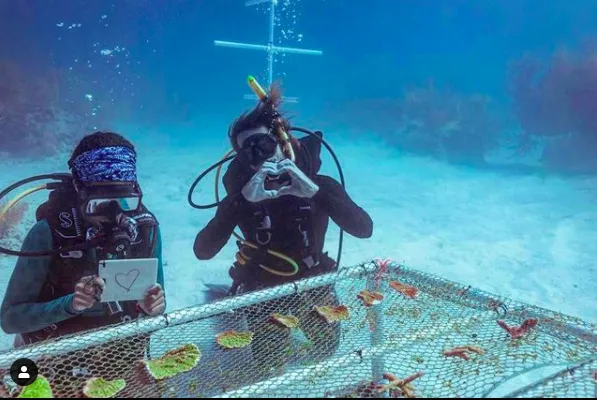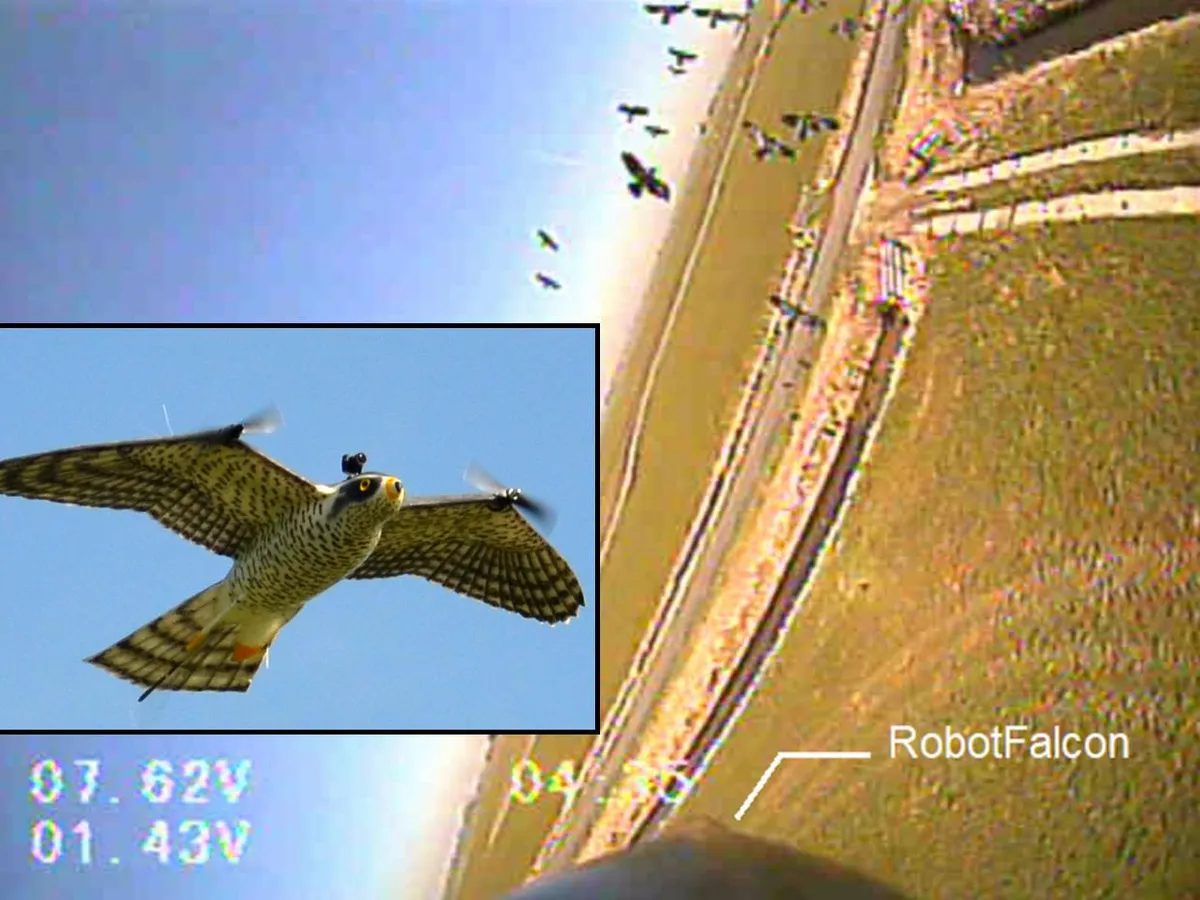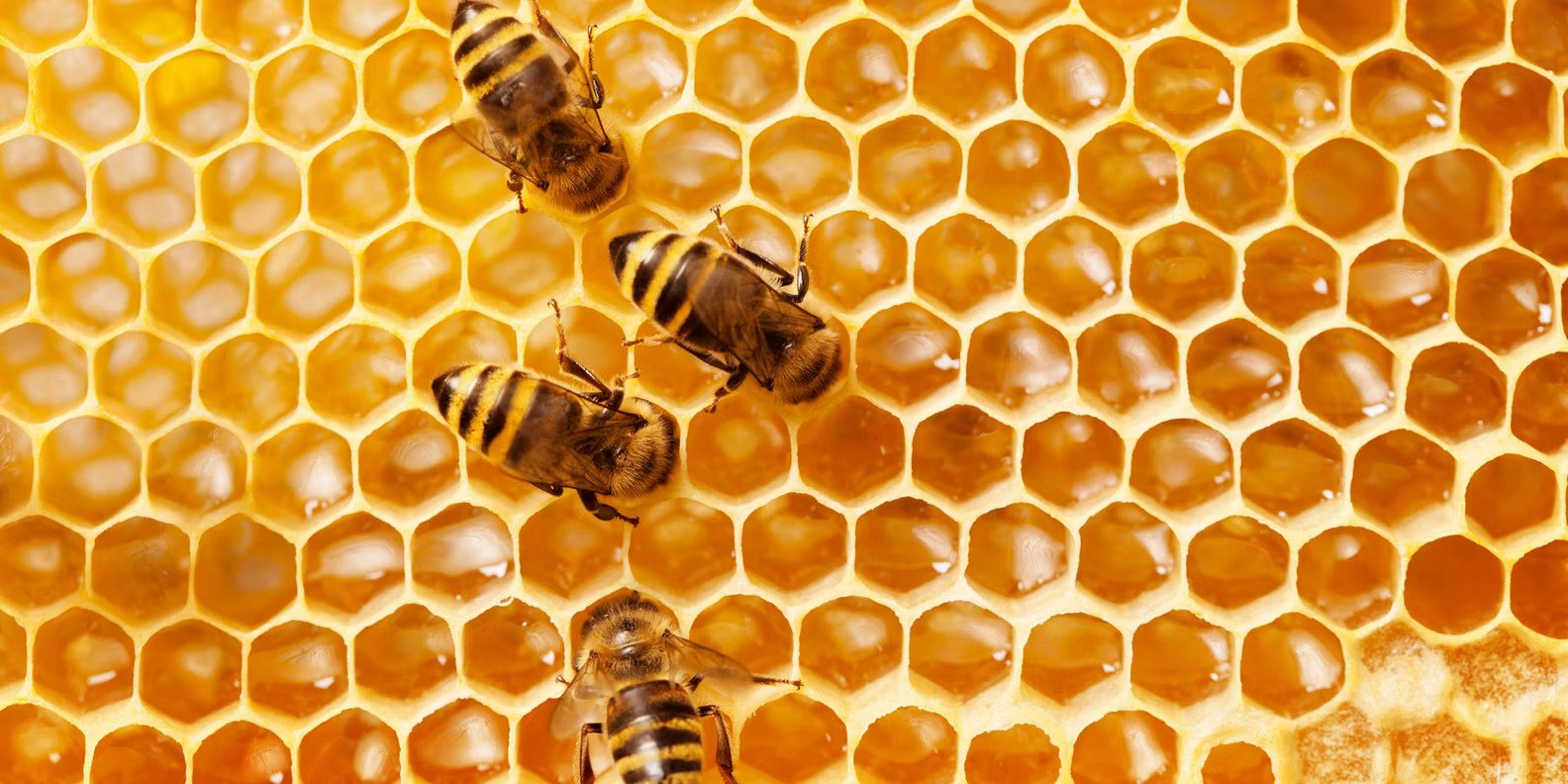to advance its environmental agenda, The Australian government has chosen to engage communities in conducting research and protecting nature, By introducing a form of open innovation known as "citizen scientists", People help government decision-making, save resources and achieve sustainability.
The term "citizen scientists" refers to public participation and collaboration in scientific research to increase knowledge. Scientists launch data collection programs without spending additional funding. They open the door for people outside the scientific and research community to volunteer to supply information. Volunteers' experiences and knowledge range from childish curiosity to the knowledge of amateurs with advanced equipment, They help with studies on organisms, weather or others.
This concept has a special place in Australia, It is home to many species of endemic insects that play important roles such as waste analysis, nutrient recycling and crop pollination. But many of the details of the life of these insects remain obscure. today Professional practice alone can no longer provide sufficient information to understand environmental change, Environmental studies agencies have vast amounts of data requirements and needs, It has huge areas ahead of it that need to be covered and studied. In the face of the growing need for understanding, The lack of research funding further complicates the issue. Especially after the fires that consumed large swathes of Australian forests in 2019 and 2020, It called for a community-level effort.
Therefore, The government has launched a $200 million "Forest Fire Recovery" program. Which is concerned with wildlife and its habitats. Whereas the Government has prioritized specific species of organisms for urgent assessment, The Commonwealth Scientific and Industrial Research Organization (CSIRO) has begun implementing "citizen scientists" programmes.
The Sea Cyro team sensed the people's inherent motivation to help, They employed technology alongside him. Thus, Smartphones, the Internet, personal computers and others have facilitated indexing, tracking, collecting information and submitting it to specialized authorities accompanied by details of time, place and metadata.
For a project of this kind to succeed, He needs to create well-designed monitoring programs and attract serious volunteers. Experiments have proven that environmental science attracts the most successful projects and the most dedicated volunteers. Thus, Sea Cyrro has called on citizens to help digitize different samples of flies, mosquitoes, butterflies and more, taking advantage of their desire to help plants and animals recover in the aftermath of fires.
In the Australian National Research Group, Sea Cyrro keeps at least 5,000 specimens of various insect species, some of which are as old as 100 years. WHO experts have taken high-resolution images of these samples. Citizens help scientists track and collect data about them. All images will be copied using the Australian Museum's Digi Fool platform. Priority entomological data will also be deposited in the Australian Atlas of Biology, It is a website that collects digital records of the country's biodiversity for the purpose of making them available for research and exploration. As a collaborative research body, He will coordinate wildlife rescue projects.
In the second project, Sea Cyrro has collaborated with Western Sydney University to develop resources to support experienced citizens and enable them to document how Australia's unique plants recover after fires. The "experienced" in this project are considered amateur botanists who are familiar with the green cover in their surroundings. They will be asked to observe how the plants recover and take pictures to document phenomena such as sub-budding, basal regrowth, seedling growth, flowering, and more. Create a new database by documenting active threats to recovering ecosystems.
In conjunction with these efforts, The organization partnered with the NSW State University's Centre for Ecosystems Science to coordinate a series of biological campaigns in different parts of the state. These campaigns are intensive field studies carried out by scientists and volunteers for about a day and a half with the aim of recording as many species as possible in an area and making comparisons between affected and non-fire-affected areas. Cross equal sampling along the fire line.
In other experiments, Stargazers collaborate to create group maps, Or Si Cyrro invites people to monitor their energy consumption in their homes. The biggest challenge facing all these experiments is standardization of documentation and data collection. This requires intensive coordination and training. However, these projects will provide an ideal opportunity for people to provide assistance to the authorities in the conditions of lockdown. Its results will also help specialists to understand the distribution of influential organisms and the abundance of their species, therefore, It will enable them to analyze the effects of fires, select actions to save living species, predict similar disasters and model. Besides scientific importance, Biological campaigns contribute to supporting affected communities.
On a deeper level, These programs put science accessible to everyone and break down those barriers that existed between scientists and the public.
References:
https://www.csiro.au/en/education/get-involved/citizen-science/three-bushfirerecovery-citsciprojects






